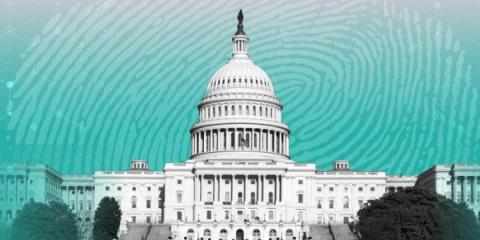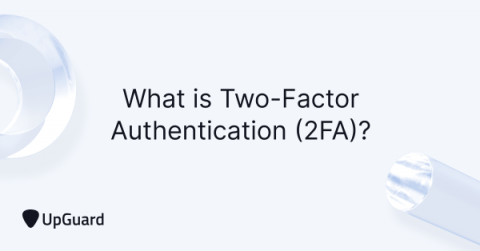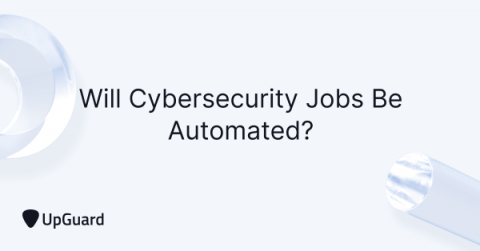Security | Threat Detection | Cyberattacks | DevSecOps | Compliance
Latest News
10 Essentials for Big Data Security
In today’s data-driven world, skilled developers are much sought out for their ability to build applications that serve the Big Data needs of organizations. The sheer size, complexity, and diversity of Big Data requires specialized applications and dedicated hardware to process and analyze this information with the aim of uncovering useful business insights that would otherwise be unavailable.
It's Time for a Federal Data Privacy Law in the U.S.
New state-level data privacy laws just keep coming. By the end of 2023, California will transition to the CPRA, and residents of Virginia, Colorado, Utah, and Connecticut will be covered by more expansive state privacy laws. With 10% of U.S. states covered by data privacy legislation by the end of next year, it’s clear there’s a need for federal legislation as well. I’m pleased to see reports of positive momentum on this topic in Washington.
3 New GitHub Features to Reinforce Your Code, Repo, and Dependency Security
Developers love GitHub. It’s the biggest and most powerful collaboration platform that programmers, developers, and companies use to develop and maintain their software. It’s the biggest source code host with more than 200 million repositories. And it keeps growing. In 2021, more than 73 million developers used GitHub. It gained over 16 million new users in 2021 alone, and GitHub estimates that user numbers will increase to 100 million developers in the next five years.
CVE-2022-27511 - Critical Vulnerability in Citrix Application Delivery Management
What is Two-Factor Authentication (2FA)? And How it Works
Two-factor authentication (2FA) is a type of multi-factor authentication (MFA) used to verify users’ identities and provide an additional layer of account security. Users must enter two factors before they are allowed access to their online accounts to ensure they are who they claim to be. 2FA offers a greater level of security than single-factor authentication (SFA), which only relies on one factor, such as a password or passcode.
Will Cybersecurity Jobs Be Automated?
The answer is yes and no. While cybersecurity automation is necessary in today’s vast threat landscape, its current functionality will not replace the role of cybersecurity professionals. The use of cybersecurity automation is undoubtedly on the rise. A 2021 global Statista survey found that 35.9% of global survey respondents reported using a high level of automation in security operations and event/alert processing.









